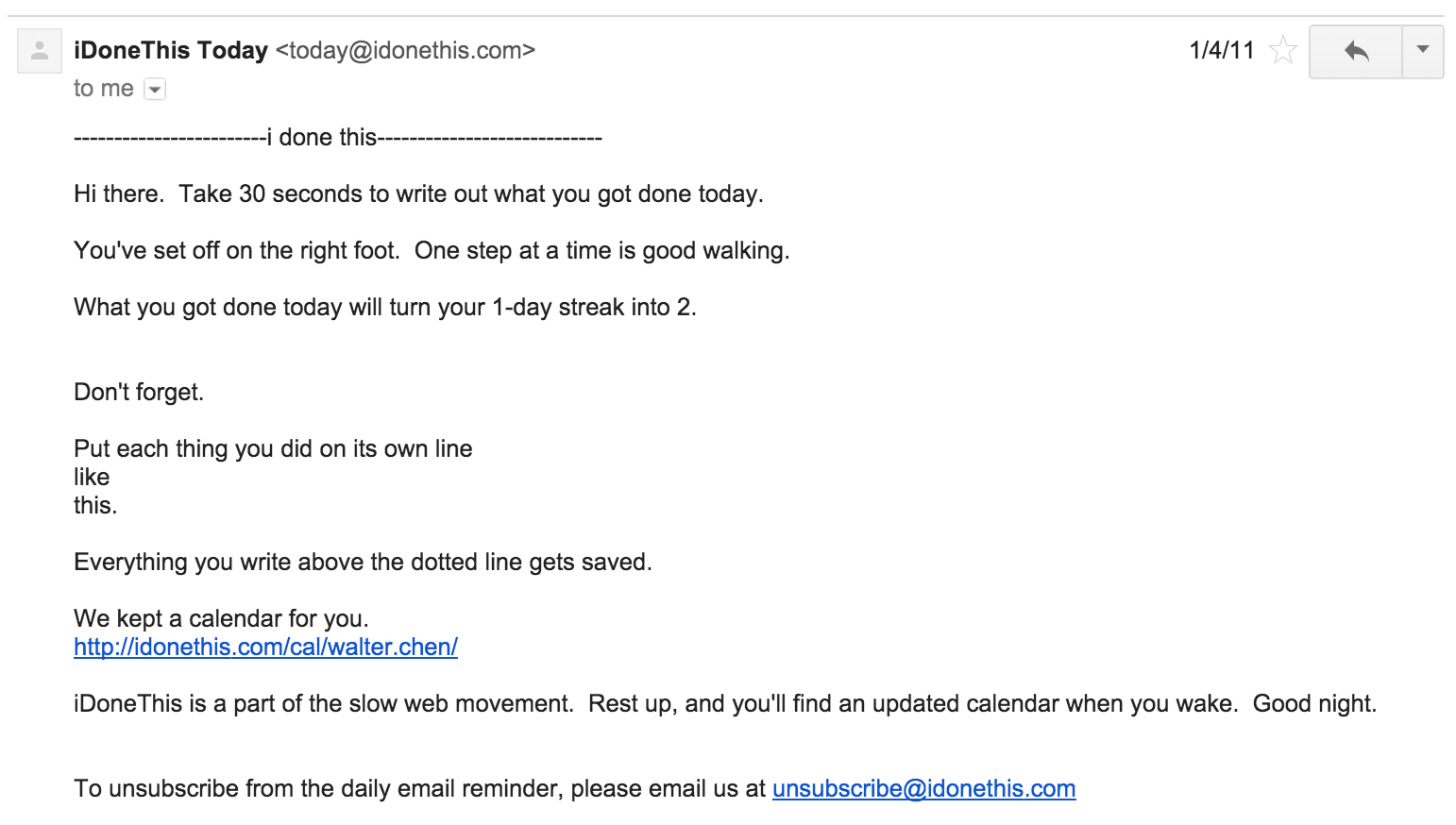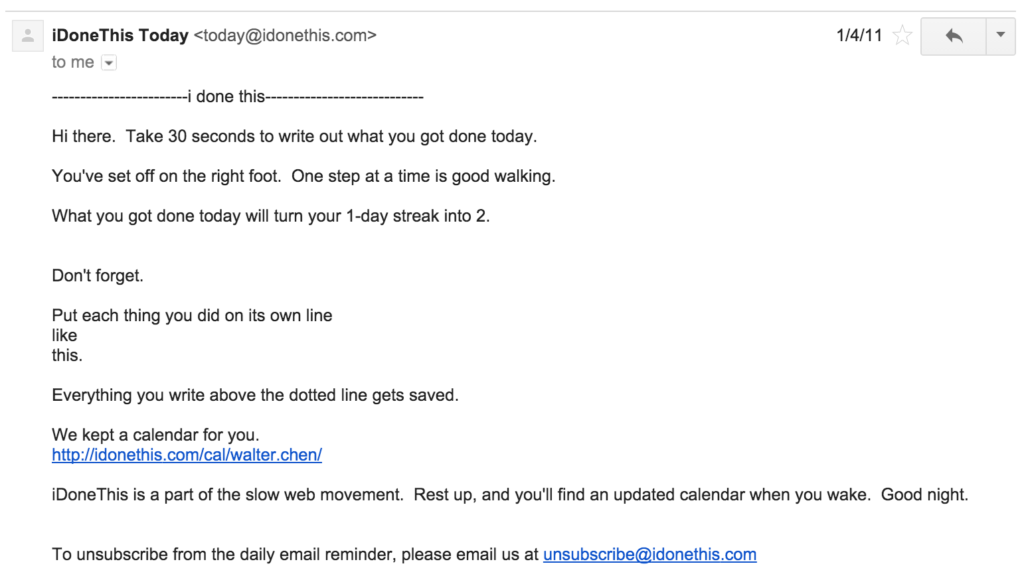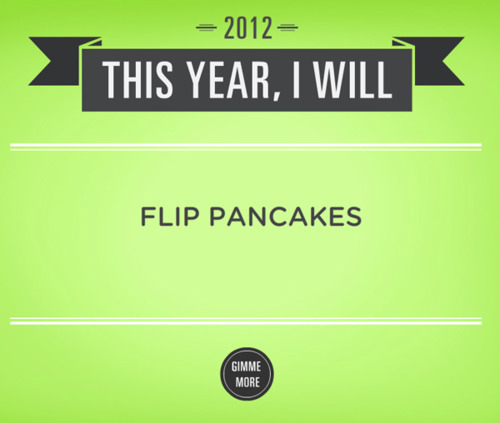
Talking to your customers is the best way to improve your product. You already do it — but not often enough. The problem is that it’s a pain to reach out all the time and gather that feedback.
It doesn’t have to be hard. In fact, you already talk to your customers all the time and probably aren’t taking full advantage of it.
My very first job was at Gateway Computer. Though well past its prime when I started, in its heyday, Gateway took a unique approach to its customer support that helped them gather plenty of user feedback.
The stories I heard back then helped shape our own approach toward support at my current company, Onepager. Here’s one that stood out in particular:




